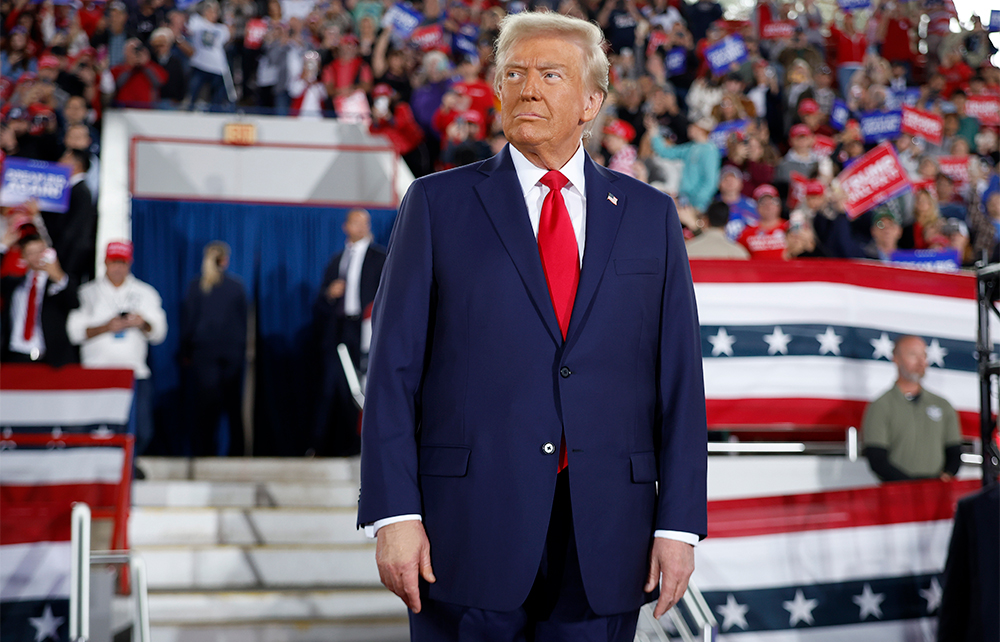It was supposed to be close. On the eve of election day, Donald Trump was up just 0.1 per cent in the RealClearPolitics polling average. FiveThirtyEight projected a tiny Trump advantage. PredictIt had Kamala Harris ahead. A celebrated pollster ran 80,000 simulations, and Harris won 50.015 per cent of them, versus 49.985 per cent for Trump.
And it made some sense to expect a close result. With the exception of Barack Obama’s victories, every US election since 2000 has been close. In two cases, 2000 and 2016, the winner didn’t win the popular vote, which before then hadn’t happened since 1888, when Benjamin Harrison beat Grover Cleveland.
What makes American politics abnormal is that partisanship has become akin to sectarianism
But it wasn’t close at all – and so Trump has replicated Cleveland’s achievement in 1892, when he became the first president to secure a second non-consecutive term.
If American politics were normal, Trump’s victory would never have been in doubt. On nearly all the key issues, he was always well ahead. For likely voters, the economy was the clear number one concern. Although abortion, Harris’s signature issue, had overtaken immigration in some recent polling, it was far less important than inflation, the sin for which voters simply could not forgive Joe Biden’s administration – to which, after all, Harris belonged throughout. Now Harris has joined the list of sitting vice presidents who failed to win the presidency, along with the likes of Hubert Humphrey and Al Gore.
What makes American politics abnormal is that partisanship has become akin to sectarianism. Indeed, it is beginning to remind me of growing up in Glasgow, where the tribal rift – extending into every aspect of life – was between Catholics and Protestants.
A 2023 poll published in Newsweek showed that 21.5 per cent of US citizens would only date someone with the same views, compared with 14.7








Comments
Join the debate for just £1 a month
Be part of the conversation with other Spectator readers by getting your first three months for £3.
UNLOCK ACCESS Just £1 a monthAlready a subscriber? Log in